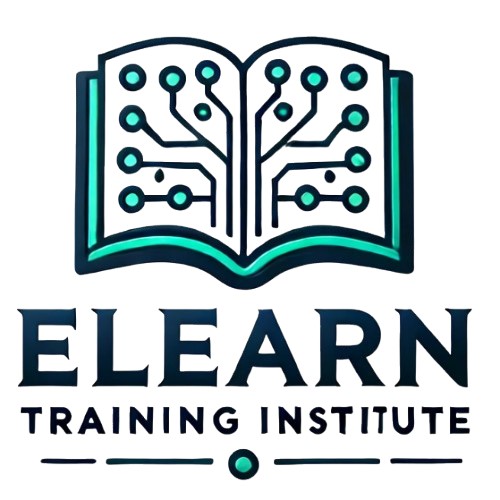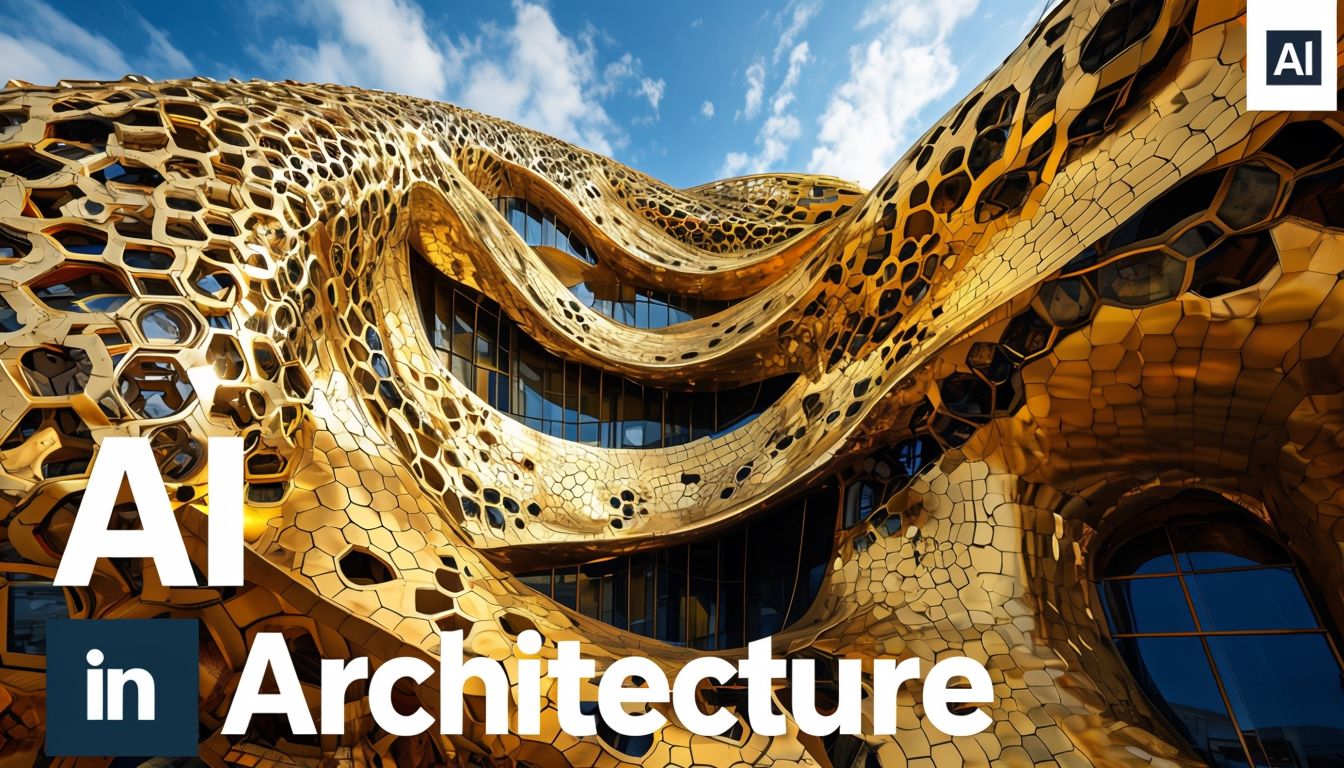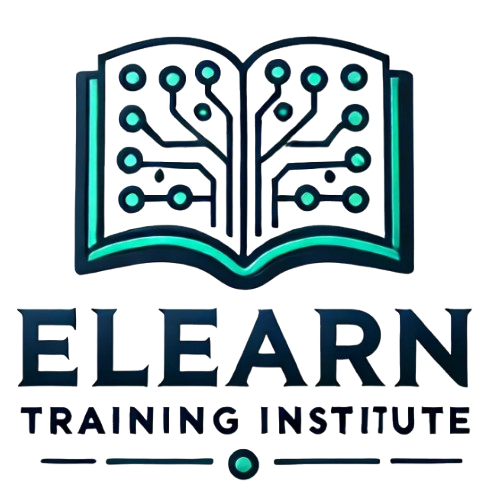Course Overview
In-depth Look at LLaMA’s Transformer Architecture.
LLaMA (Large Language Model Meta AI) is built on the Transformer architecture, which is the backbone of most modern language models. Transformers consist of an encoder-decoder structure, but LLaMA focuses on the decoder-only architecture. This design allows it to process input sequences in parallel, significantly improving efficiency during training.
- Key Components:
- Self-attention layers: These layers allow the model to focus on different parts of the input text to build better contextual understanding.
- Feed-forward networks: These networks help in processing the data after the attention mechanism, enhancing the model’s ability to understand complex patterns.
LLaMA’s architecture is designed to be both highly efficient and scalable, with variations of the model designed for different computational budgets.
2. Layers, Parameters, and Training Strategy of LLaMA
- Layers: LLaMA uses a deep stack of attention layers, typically ranging from 12 to 80 layers, depending on the model size (from LLaMA-7B to LLaMA-65B). Each layer consists of self-attention and feed-forward components.
- Parameters: The model’s size (e.g., 7B, 13B, 30B, 65B) refers to the number of parameters it has, with “B” standing for billions. More parameters generally lead to better performance, but also require more computational resources.
- Training Strategy:
- LLaMA is trained using a self-supervised learning method on large text corpora. The model learns to predict the next token in a sequence (causal language modeling).
- Optimization: Adam optimizer with specific learning rates is used to adjust the model’s weights.
- Data: LLaMA is trained on diverse datasets, ensuring a general understanding across various domains, including books, websites, and research papers.
3. Comparative Analysis of LLaMA with Other LLM Architectures
- LLaMA vs. GPT (Generative Pre-trained Transformer):
- Both are decoder-only models, but LLaMA is optimized for training efficiency and lower resource consumption, making it more versatile for research and deployment.
- GPT models (like GPT-3) tend to be larger, and while LLaMA has fewer parameters, it demonstrates impressive performance on various NLP tasks.
- LLaMA vs. BERT (Bidirectional Encoder Representations from Transformers):
- BERT uses an encoder-only architecture, while LLaMA uses a decoder-only approach, making it better suited for autoregressive tasks (i.e., text generation).
- BERT is trained on masked language modeling, whereas LLaMA focuses on causal language modeling.
- LLaMA vs. T5 (Text-to-Text Transfer Transformer):
- T5 is a sequence-to-sequence model that can handle a variety of NLP tasks, including translation, summarization, and question answering. LLaMA, on the other hand, is primarily trained for text generation tasks.
4. Hands-On Activity: Exploring LLaMA’s Attention Mechanism with Visualization Tools
In this activity, we will visualize how LLaMA’s attention mechanism works to understand which words or tokens the model is focusing on while processing text. This provides insight into how the model builds relationships between words in a sequence.
Steps:
- Input a sample text: Provide a simple sentence (e.g., “The cat sat on the mat”).
- Visualize Attention: Use visualization tools like BERTViz or Attention Rollout to see which tokens are given higher attention scores at each layer.
- Analyze Patterns: Look at how the model’s attention shifts across layers and which tokens influence the model’s predictions the most.
Goal: Understand how attention mechanisms enable LLaMA to process and predict tokens by focusing on different parts of the input text at various stages.


